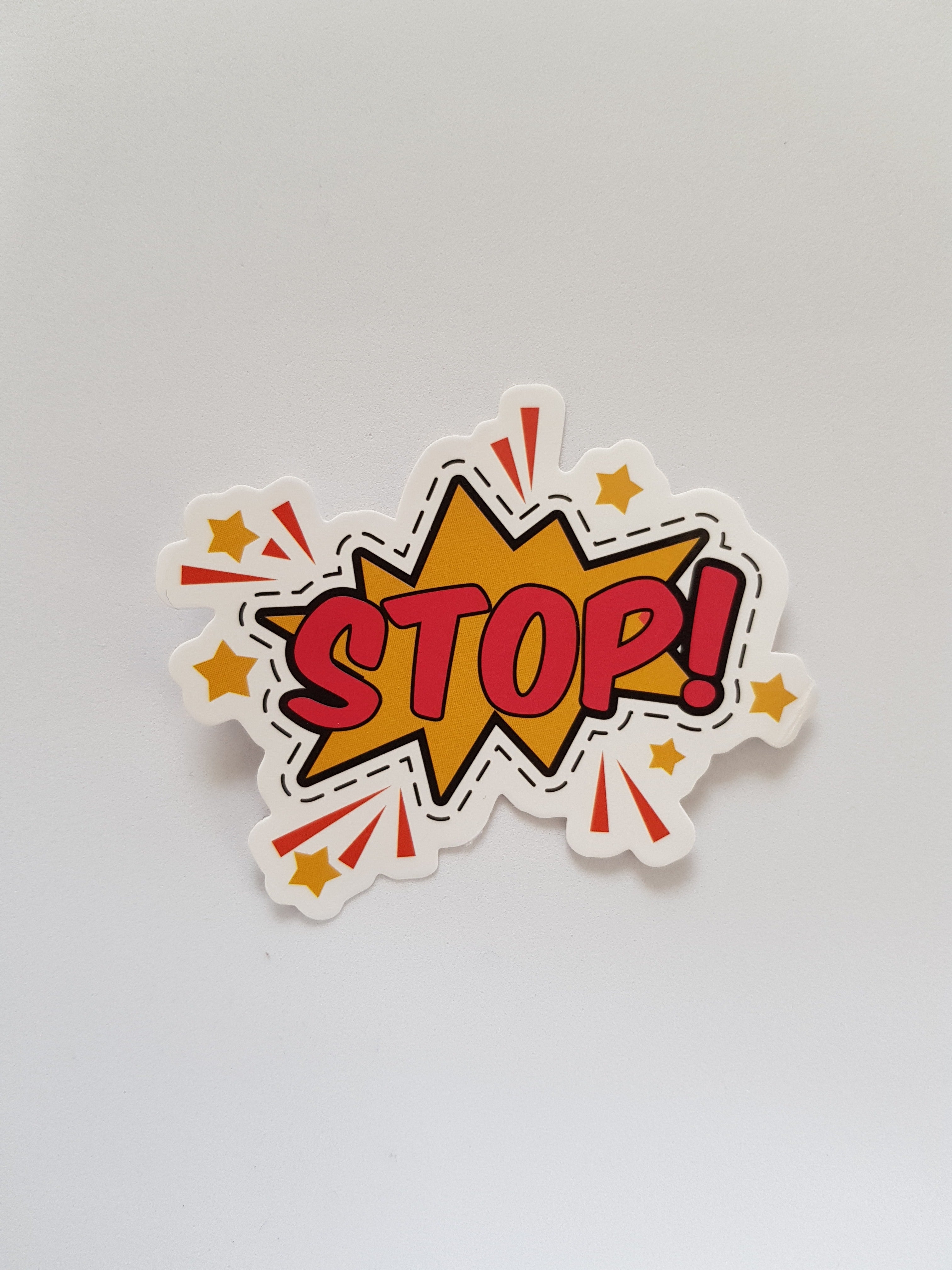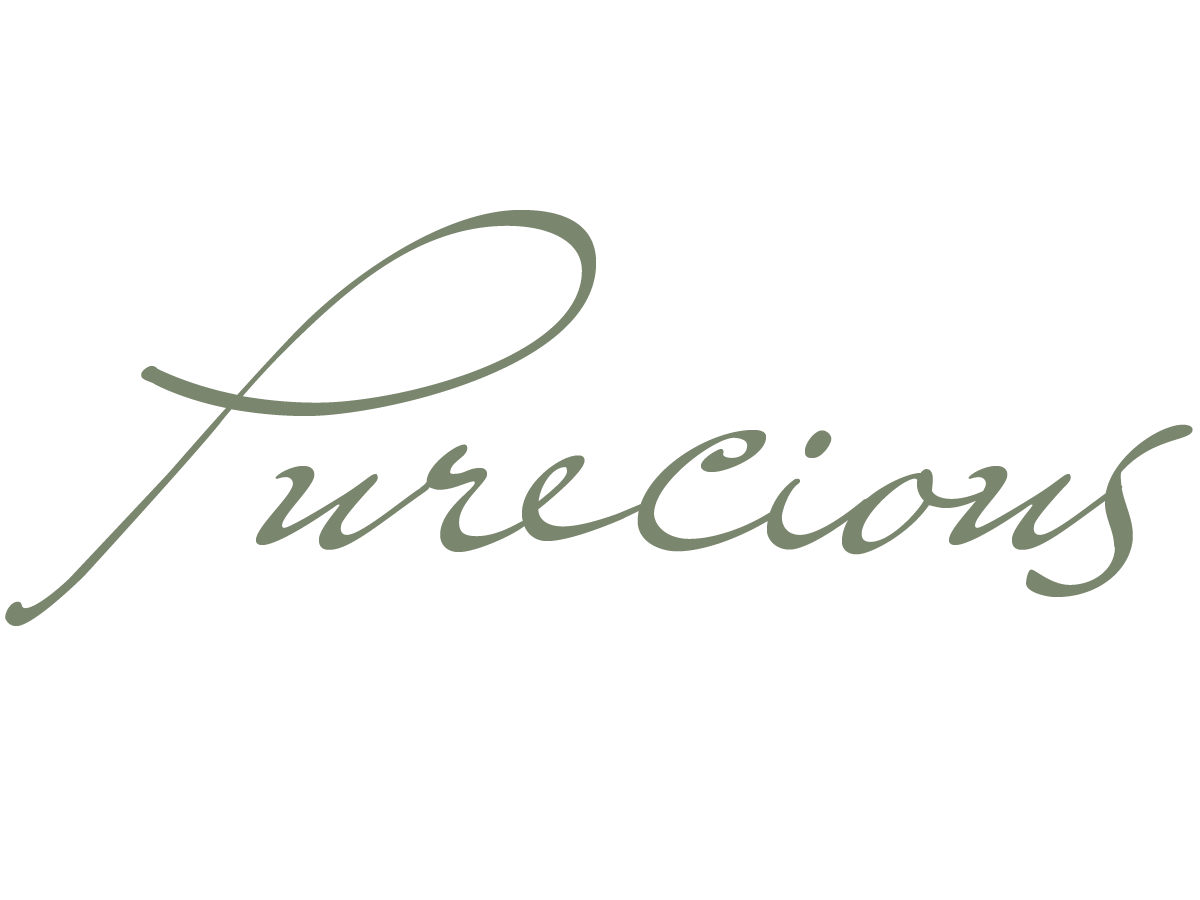
What to AVOID when purchasing lab grown diamonds
Have you ever seen a diamond labeled as enhanced? Lab grown diamonds with faded colors, graining, or inclusions on its surface are undesirable and have less value. If a newly grown lab diamond has any of these imperfections, they may be subject to a post-growth treatment to remove them. These procedures don’t come without a cost. As soon as a lab grown diamond is touched by post-growth treatment, the undying glow that diamonds have begins to fade. Every single time after, a haziness washes over the diamond. “Enhanced” lab grown diamonds are diamonds that fall short of perfection and are NOT the stones that you want to gift to your loved ones.
Why are post-growth treatments necessary? There are multiple ways to produce lab-grown diamonds. One of the techniques, Chemical Vapor Deposition (CVD), is incredibly difficult to pull of perfectly a majority of the time. 90% of CVD Diamonds receive post-growth treatment. The process can produce undesirable elements in diamonds such as:
- A brown undertone
- Spotty color
- Internal graining
- A blue tint (This is created because of the addition of boron to remove the brown undertone)
Since a lot of the diamonds that are produced with this technique will have undesirable qualities, High Pressure, High Temperature (HPHT) techniques are used to correct all of the imperfections. HPHT is another technique often used to create lab-grown diamonds. The undesirable elements that are produced in HPHT is not as extensive. They are simply produced with a more blue or greyish tone. While there are not as many downsides to the technique as CVD, they still receive post-growth treatment. They are produced under the same high pressure and high temperatures to refine the diamond. The second round of HPHT always produces a hazy and milky diamond.
How do you find a lab grown diamond that has NOT had post-growth treatment online? Shopping online is on the rise. Especially for people who are more conscious about the environment. Studies show that online shopping has a carbon footprint that is 30% smaller than traditional retail. However, there is a constant worry that you won’t know what you are getting if you buy something online. The BEST way to get the information you need on the diamond that you are buying is to look up the certificate of the diamond you are purchasing. This will take you to the online IGI or GIA certificate. In this certificate, you will find any notes or necessary information about post-growth treatments. The words you are going to be looking for is ‘As Grown’. On top of that, make sure to keep your eyes on the color and clarity ratings. If you would like to learn more about how to understand the different elements of the GIA ratings, click here to learn more.
Post growth treatments PROVE that lab grown diamonds are real diamonds. Post growth treatments turn lab grown diamonds into the thing that people always fear. It takes away the genuine value of the diamond and manufactures something perfect. Creating a perfect lab grown diamond is rare, just like mining for a perfect diamond. Which is why you should DEFINITELY make sure that YOUR lab grown diamond is real. Touching up the colors and the graining results in a fake, tacky diamond. Not only is it milky and hazy, lacking its shimmer, but its been altered. These changes create the illusion that makes it LOOK like a real diamond, taking away from the production of precious stones BEING a real diamond. Creating that perfect diamond is an art, only possible in the finest facilities with the most advanced technology.
Diamonds created WITHOUT post-growth treatments are better for the environment. There is an additional energy cost to have a supplemental treatment for the lab grown diamond. A veteran grower from JCK in 2019 states that, “A single-stone HPHT press will use 175-225 kilowatt hours (kWh) per rough ct, which would end up around 650-1100 kWh per successful polished ct. In the pursuit of creating an environmentally pure process, taking away from the limited resource of clean energy has a huge impact. Again, lab grown diamonds CAN reduce the overall energy consumption compared to the extremely intense mining of diamonds from the earth. Be reassured that lab grown diamonds are still having less of an impact on the earth. However, that does not allow for the reckless use of energy. We still need to promote mindfulness and eco-consciousness as we pursue the beautiful realm of diamond jewelry.
Why is the color and clarity of my diamond important? If you are questioning if a diamond that has more sparkle and crisp crevices is more valuable than a diamond that does not, then let’s dive into that. That sparkle and shimmer are a part of why diamonds communicate the beauty of eternal love and commitment. Why are diamonds so special? There are few metaphors that can communicate the perfection of love. Doesn’t anything less than perfection fall short of the love that you have for them? This is why a precious stone such as this rose to the occasion. Diamonds are resistant to losing their shimmer. They are a fire that cannot be blemished, darkened, or put out. If you choose a weak fire, then it will shine forever— but with a dim light. If you choose a fire with no color, then it will glow for all to see— but impurities. The value of a diamond is in its purity. Would you settle for anything less than completely pure?
We want to repeat the point that this information should not point you away from lab grown diamonds, but rather aid your search to find a good one. While 90% is a large number CVD is still one of the primary ways to create a true diamond. The technique was first created in 1951 and was refined in the 1980s to create gem-quality diamonds. We want to emphasize that the crafting of a diamond is not an easy process. We want to emphasize the rarity of the perfect lab-grown diamond that sits on your finger. In the 1980s, an entire team would have to take one seed of a diamond and take weeks to craft this diamond. Now, they refine seed after seed— taking it down the process so that not a touch of brown, blue, or blemish reside in these precious gemstones.
When you see the term “as grown”, understand that this was created by an artist. Crafted perfectly every step of the way. This diamond is not like the others. Genuinely. No diamond, similar to snowflakes, is like another diamond. Completely unique. Completely pure. 90% of its siblings could not shine like she shines. 90% of its siblings could not reach the caliber of beauty that sits in front of your eyes. That diamond has been crafted intricately with care for both it and the earth it came from.
That same care has been implemented into the gold, silver, or platinum that wraps around it to display it on their finger. The tools to ensure that the diamond your purchasing is pure enough for the one you love, with a detailed design, and environmentally conscious certification is right in front of you. Take advantage of the multiple organizations that have committed themselves to providing you with a beautiful piece of jewelry that has no guilt attached. They are here for you.

















Leave a comment
This site is protected by hCaptcha and the hCaptcha Privacy Policy and Terms of Service apply.